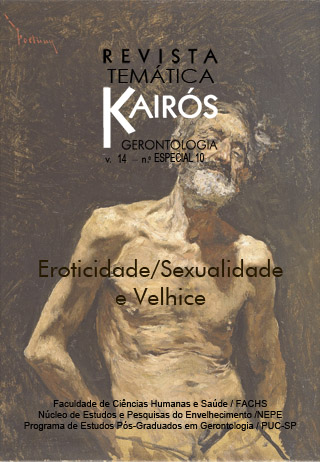"Old sertaneja song": narrating a backcountry life story about aging process in homosexuality
DOI:
https://doi.org/10.23925/2176-901X.2011v14iEspecial10p133-150Keywords:
Aging, Homosexuality, Life Story. AAbstract
In contemporary times, the discussions about aging become very relevant as a consequence of the increased visibility of the old age issues presented in daily life. Many investigations and statistics bring out the growing number of people entering the so-called third age. This reality is mobilizing all social spheres in order to produce interventional strategies in agreement with the specificities required by this population, as far as what this public can revert back to the society. However, most of these studies seek to identify andlocate this population in plans of life that can often suggest the reification of norms and stereotypes that delimit what become old mean or just discuss the practice of medical care. This paper invests in questioning of modes of subjectification and lifestyles, from the intersections between generation (aging), homosexuality (sexuality and gender) and territoriality (provincial town). It presents an analysis of a life story from the perspective of cultural studies and sexualities and gender to capture the subjective lines which constructsubjects and discourses, indicating social practices, modes of subjectification and social, historical, political and cultural conjunctures of determined contexts.Downloads
How to Cite
Nascimento, M. A. N. do. (2012). "Old sertaneja song": narrating a backcountry life story about aging process in homosexuality. Revista Kairós-Gerontologia, 14(Especial10), 133–150. https://doi.org/10.23925/2176-901X.2011v14iEspecial10p133-150
Issue
Section
Papers


